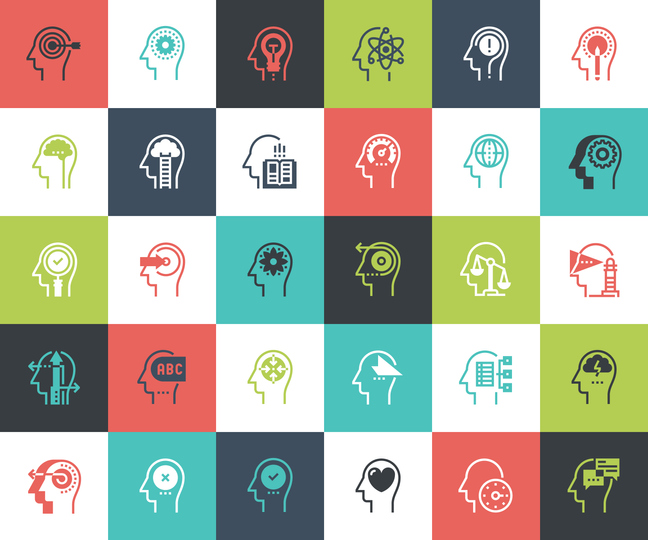Here at TPN.Health, we are celebrating National Autism Awareness Month throughout the whole month of April, 2020. We celebrate those whom autism spectrum disorder (ASD) affects as well as the committed behavioral health practitioners, researchers, and teachers who specialize in the realm of ASD.
ASD is classified as a set of developmental disorders ranging in severity and symptoms and resulting from a variety of genetic and environmental factors. These include Kanner’ syndrome, Aspbergers’ syndrome, and pervasive developmental disorder not otherwise specified (PDD-NOS). It was only in 2013 that the definition of autism broadened to include those neighboring developmental disabilities in a spectrum format.
Symptoms of ASD can include but are not limited to repetitive patterns of behaviors and interests, delayed development in childhood, difficulty adapting to change, and challenges in relating to other people verbally and nonverbally. ASD can also include tendencies toward truth-telling (even when it is not in one’s best interest), a preference for structure, and the ability to focus on one area of interest for a long period of time. Once again, these symptoms are by no means an exhaustive list, and each individual on the autism spectrum is unique with their own set of challenges and strengths.
Did you know…
Males are four times more likely to be diagnosed with autism than females.
Some studies suggest that females, who are considered “high-functioning” on the autism spectrum, are likely to conceal their symptoms and potentially go undiagnosed as a result. Also known as ‘camouflaging,’ the effort to conceal symptoms can surface as persistent mimicry of neurotypical behaviors, such as forcing oneself to make eye contact or rehearsing lines to say in conversation. Camouflaging can also surface as efforts to suppress Stereotypy, the repetitious behaviors associated with ASD symptoms. However, studies on camouflaging are limited, and more research in the field is needed to draw any conclusions.
From 1911 to 1943, Autism was associated with symptoms of schizophrenia.
Eugen Bleuler, an influential Swiss psychiatrist, used “autos,” the Greek word for “self,” to create the term “autism.” He used the term to classify symptoms of self-absorption that he saw in schizophrenic patients. It wasn’t until 1943 that Austian-American psychiatrist Leo Kanner distinguished Autism from schizophrenia and defined it as a separate socio-emotional disorder.
Before the behavioral health community knew about the genetic component of autism, it was theorized that parental apathy brought on autism.
This belief took hold after Bruno Bettelheim, Austrian-American psychiatrist and early writer on autism, coined the term “Refrigerator Mother” in the 1950s to describe research on the relationship between delayed childhood development and parental emotional neglect. With the popularization of this term, it became a common belief that parents with a cold, uncaring attitude toward their children were responsible for “causing” autism. It wasn’t until the late 1970s that researchers discovered the genetic component to autism.
Need to refer out for a client who has symptoms of ASD? Click here to create a TPN.Health profile, and use the filter-search to find the best clinical fit!
References:
Asperger Profiles: The Big Picture – Strengths. (2016, September 21). Retrieved from https://www.aane.org/asperger-profile-strengths/
Correcting the record: Leo Kanner and the broad autism phenotype. (2018, April 5). Retrieved from https://www.spectrumnews.org/opinion/viewpoint/correcting-the-record-leo-kanner-and-t
Osborn, C. O. K. (2019, March 8). Understanding Autism in Women. Retrieved from https://www.healthline.com/health/autism-in-women#symptoms-in-women
Strengths and abilities in autism. (2018, September 17). Retrieved from https://www.altogetherautism.org.nz/strengths-and-abilities-in-autism/
The costs of camouflaging autism. (2020, February 7). Retrieved from https://www.spectrumnews.org/features/deep-dive/costs-camouflaging-autism/
The Editors of Encyclopaedia Britannica. (2020, February 6). Autism spectrum disorder. Retrieved from https://www.britannica.com/science/autism-spectrum-disorder
What is Autism Spectrum Disorder? (2019, September 23). Retrieved from https://www.cdc.gov/ncbddd/autism/facts.html
Image credit: https://penntoday.upenn.edu/news/how-companies-are-increasing-neurodiversity-workplace
